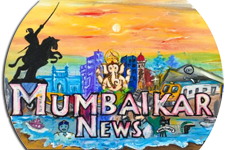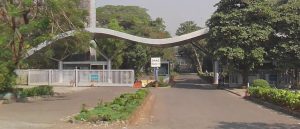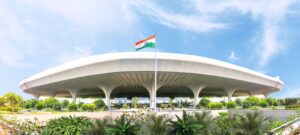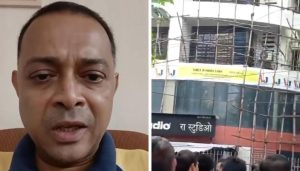Mumbai Metro Line-3 Set to Launch by September, Enhancing City’s Transportation Network

Mumbai, 19th September 2024: Mumbai Metro Line-3, one of India’s most complex underground metro projects, is set to commence operations by the end of September. This highly anticipated route, also known as the Colaba–Bandra-SEEPZ or Aqua Line, has faced numerous challenges, making it one of Mumbai’s most technically demanding infrastructure undertakings.
The 33.5 km metro line will connect key business, commercial, banking, and entertainment areas, including Nariman Point, Fort, BKC, SEEPZ, and MIDC, and is expected to significantly enhance the city’s transportation network.
Phase one of the project, covering the stretch from Aarey Colony to BKC, along with the Aarey Carshed and Aarey Station, is slated to open by the end of September, as confirmed by Chief Minister Eknath Shinde during an informal discussion with journalists. He also mentioned that the second phase, which will cover the BKC to Colaba section, is projected to be operational by 2025.
Once fully operational, the metro line is expected to serve 1.7 million passengers daily, with trains running every 3 to 4 minutes, accommodating around 2,500 passengers per trip. The project is being spearheaded by the Mumbai Metro Rail Corporation Limited (MMRCL), with an estimated total cost of ₹38,000 crore.
Upon completion, the metro will offer a commute from Colaba to SEEPZ in under an hour, operating along both North-South and South-North corridors, much like the Central and Western Railway networks. Key stations will be located near major transport hubs such as Chhatrapati Shivaji Maharaj Terminus and Churchgate, as well as Dadar, where the Central and Western Railways intersect.
The metro will provide access to over 30 educational institutions, 13 hospitals, 14 religious sites, and 30 recreational facilities. Additionally, it will offer connectivity to previously underserved areas like Kalbadevi, Girgaum, Worli, and Chhatrapati Shivaji Maharaj International Airport.
The line will also integrate with other transport systems, including other Metro lines, the Monorail, suburban railways, and state-run bus services, ultimately reducing the burden on Mumbai’s suburban rail system by approximately 15%.






